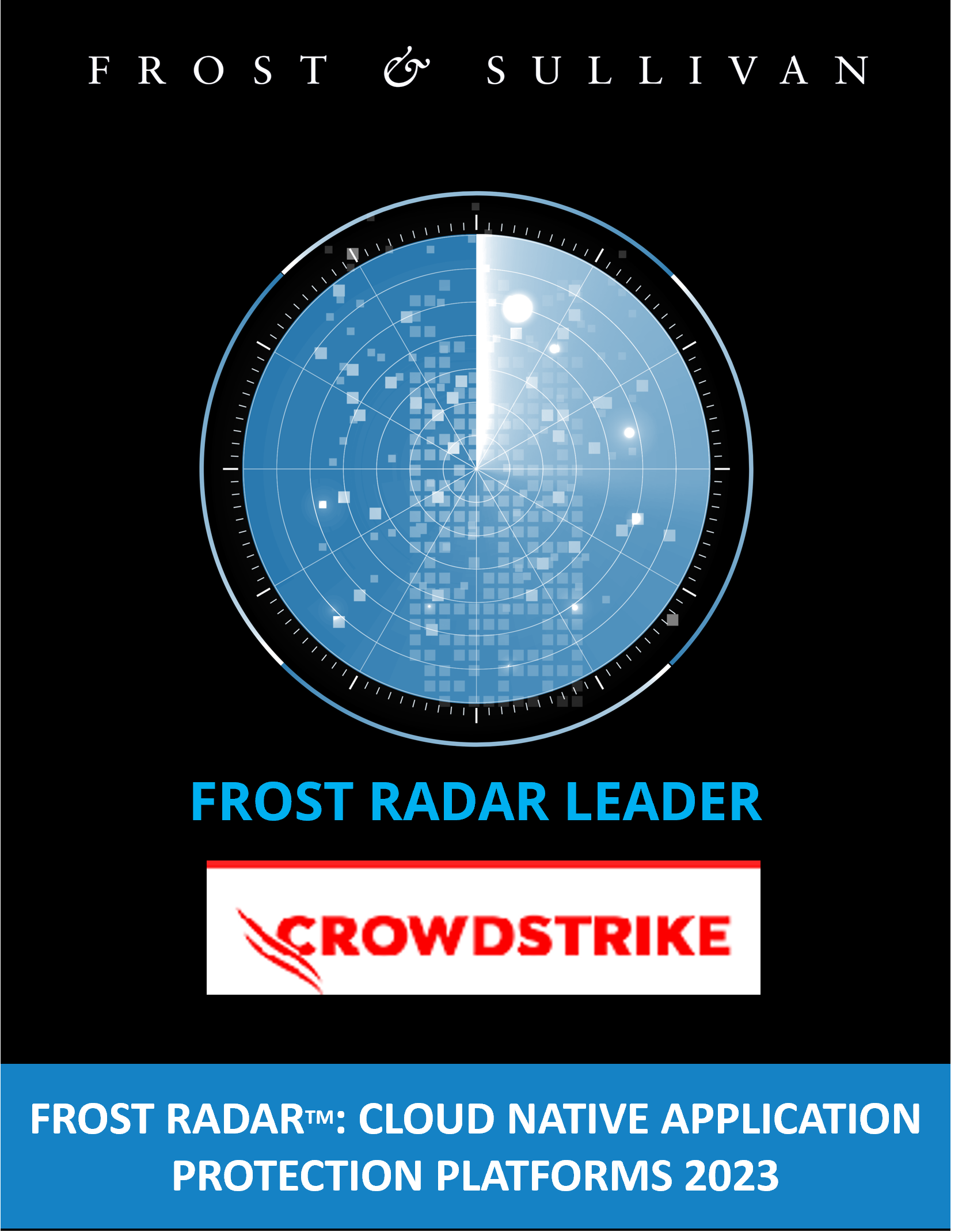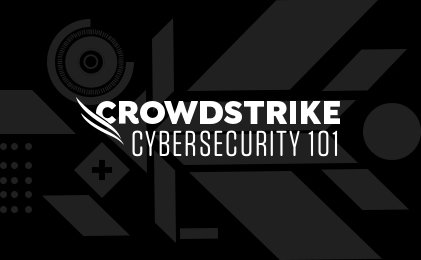What is a cloud security strategy?
As cloud infrastructure becomes increasingly integral to operations, many companies grapple with mounting security challenges that directly threaten their business. The findings of the CrowdStrike 2024 Global Threat Report underscore the severity of this issue: Intrusions in cloud environments have surged by an alarming 75%, with a 110% year-over-year increase in “cloud-conscious” threat actors.
With adversaries becoming bolder and more sophisticated, crafting an effective cloud security strategy isn’t just wise — it’s essential. A well-crafted cloud security strategy is necessary to ensure the confidentiality, integrity, and availability of critical assets in the cloud.
A cloud security strategy is a framework of tools, policies, and procedures for keeping your data, applications, and infrastructure in the cloud safe and protected from security risks. It involves implementing robust security controls — such as encryption, identity and access management, network segmentation, and intrusion detection systems — to defend against cyber threats and unauthorized access. Additionally, your organization’s cloud security strategy should include continuous threat monitoring, the latest intelligence, and clear response protocols.

2024 CrowdStrike Global Threat Report
The 2024 Global Threat Report unveils an alarming rise in covert activity and a cyber threat landscape dominated by stealth. Data theft, cloud breaches, and malware-free attacks are on the rise. Read about how adversaries continue to adapt despite advancements in detection technology.
Download NowPrinciples in a cloud security strategy
In developing a robust cloud security strategy, several fundamental principles can help guide your organization toward effective protection and risk mitigation.
Zero Trust
Zero Trust is a security framework requiring all users — whether they are inside or outside the organization’s network — to be authenticated, authorized, and continuously validated for security configuration and posture before being granted or keeping access to applications and data. The Zero Trust principle operates under the assumption that threats can originate from within or outside the organization’s environment, making it necessary to continuously verify and authenticate all users and devices attempting to connect to resources.
Infrastructure protection
Ensuring the security of cloud infrastructure involves implementing robust measures to safeguard underlying computing, storage, and networking components. This includes employing tools such as a cloud-native application protection platform (CNAPP) to defend against unauthorized access, data breaches, and other malicious activities targeting cloud infrastructure components.
Data protection
Central to any cloud security strategy is the protection of sensitive data stored and processed within your cloud environments. This entails employing encryption, access controls, and data loss prevention mechanisms to safeguard data at rest, in transit, and during processing. Additionally, it’s important to establish data discovery and classification practices to identify and prioritize the protection of your sensitive data.
Detection and response
Effective cloud security strategies prioritize timely detection and swift response to security incidents and breaches. This involves deploying advanced threat detection technologies to monitor for suspicious activities and anomalous behavior within the cloud environment. Rapid incident response capabilities — including incident triage, containment, and remediation — are essential for minimizing the impact of security incidents and restoring normal operations promptly.
DevSecOps
Integrating security into the software development life cycle (SDLC) is essential for ensuring that applications and services deployed in the cloud are resilient to cyber threats. DevSecOps practices advocate for the incorporation of security principles, processes, and tooling throughout the development, deployment, and operation of cloud-native applications. By embedding security into every stage of the development pipeline, organizations can proactively identify and remediate vulnerabilities, reducing the likelihood of security breaches in production environments.
Shared responsibility
Recognizing the shared responsibility model is crucial for effectively managing security in the cloud. Though cloud service providers (CSPs) are responsible for securing the underlying infrastructure, organizations retain accountability for securing their data, applications, identities, and configurations within the cloud environment. Understanding and delineating these responsibilities is essential for implementing appropriate security controls to effectively mitigate risks.

2023 Frost Radar™ Leader: CrowdStrike’s CNAPP
Download the 2023 Frost Radar™ Leader: CrowdStrike’s Cloud-Native Application Protection Platform (CNAPP) report and learn why they named CrowdStrike a global leader, excelling across both the innovation and growth indices.
Download Now4 phases of a cloud security strategy
To combat the sheer volume and evolving sophistication of modern cloud attacks, organizations need to take a smarter, faster approach to cloud security. This new approach must equip defenders with continuous visibility coverage and accurate intelligence so they can understand adversary tactics for initial access, lateral movement, privilege escalation, defense evasion, and data collection.
Here are the four pillars of a successful approach for your cloud security strategy:
Gain visibility
Cloud breaches often occur due to a lack of unified, real-time visibility across hybrid and multi-cloud environments. These visibility gaps enable adversaries to sneak in through blind spots between disparate monitoring solutions, increasing an organization’s attack surface and the likelihood of attacks succeeding. This gap in visibility is one of the key factors driving consolidation. Notably, 80% of enterprises will have consolidated security tooling for the life cycle protection of cloud-native applications to three or fewer vendors by 2026.1
Consolidation of siloed security capabilities through a CNAPP helps eliminate pathways attackers might follow to exploit the cloud, access your network, and execute sophisticated modern attacks. A unified CNAPP eliminates the visibility gaps between security tools and across continuous integration/continuous delivery (CI/CD) pipelines. Gaining complete coverage with 100% visibility within a single console drives a faster, more intelligent response.
Identify and remediate risks
Contemporary adversaries possess a keen grasp of cloud technologies, adeptly automating attacks and exploiting vulnerabilities with precision. Their comprehensive understanding of containers, vulnerabilities, and CSP infrastructures enables them to not only infiltrate your environment but evade detection while navigating through systems to access your organization’s critical assets.
Consequently, your robust cyber defense strategy must integrate insights into adversaries’ tactics and behaviors, informing proactive measures for prevention, detection, and response. Adopting a CNAPP that integrates reliable real-time threat intelligence will drive greater understanding of modern cloud adversaries, improving your response to incidents and events.
And to support your response readiness, your organization’s cloud security strategy should include a response plan that details the roles and responsibilities for different team members within the organization, enabling a fast and coordinated effort to mitigate the impact of a security incident and restore normal business operations.
Follow a cloud governance framework
Cloud governance encompasses policies and rules guiding companies that operate within the cloud. A cloud governance framework ensures proper management of data security, system integration, and cloud computing deployment. Given the dynamic nature of cloud systems, which often involve third-party vendors or different business teams, adaptable cloud governance solutions are essential.
A well-executed cloud governance framework effectively manages risks, enhances data security, and optimizes cloud system operations. It balances resource allocation and risk management while emphasizing accountability. Continuous compliance is also a vital aspect of cloud governance. Given the rapidly evolving compliance landscape, adherence to regulations is imperative for every business.
Employ a “shift left” approach
Embed a shift left approach in your cloud security strategy. This entails integrating security measures into the early stages of application development, ensuring security is ingrained in your SDLC from the outset. By embracing security in every phase of your SDLC, you proactively address vulnerabilities and threats upfront, minimizing the risk of security breaches and enhancing the resilience of your cloud-based applications.
To implement the shift left paradigm, seamlessly integrate cloud and application security into your DevOps toolchain. This involves incorporating security guardrails to ensure cloud infrastructure is deployed securely. It also includes integrating preproduction application security testing, vulnerability scanning, and compliance assessments directly into your CI/CD pipelines. Automating these security measures early in the development cycle cultivates a culture of security awareness among developers and streamlines the identification and remediation of security issues, strengthening your cloud environment against potential cyber threats.
CrowdStrike’s cloud security approach
CrowdStrike possesses the breadth of knowledge and depth of skilled resources to meet enterprises wherever they are in their cloud maturity journey and instantly up-level their security posture. No other cloud security provider brings comparable insights from leading threat intelligence and data collected by sensors deployed across the globe.
Industry analysts, partners, and customers widely regard CrowdStrike as a global cloud security and CNAPP leader. CrowdStrike functions as an extension of customer teams across all environments for seamless coverage, investigation, incident response, and policy management. CrowdStrike Falcon® Cloud Security automates security, detecting and stopping suspicious activity, zero-day attacks, and risky behavior on all of your cloud environments, containers, and Kubernetes applications. Integration with CI/CD workflows means that workloads can remain secure while DevOps teams work at speed without any performance hit.
Expert Tip
Identify cloud security misconfigurations and deviations from cloud security best practices. Assess Your Cloud Security Posture
